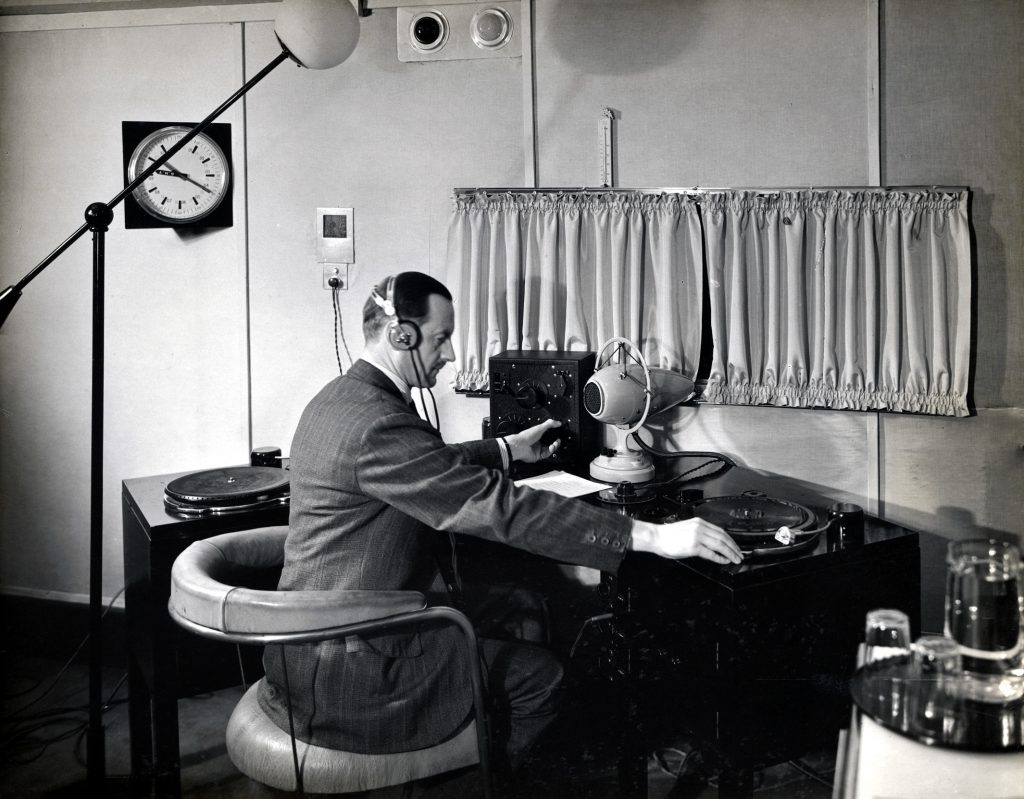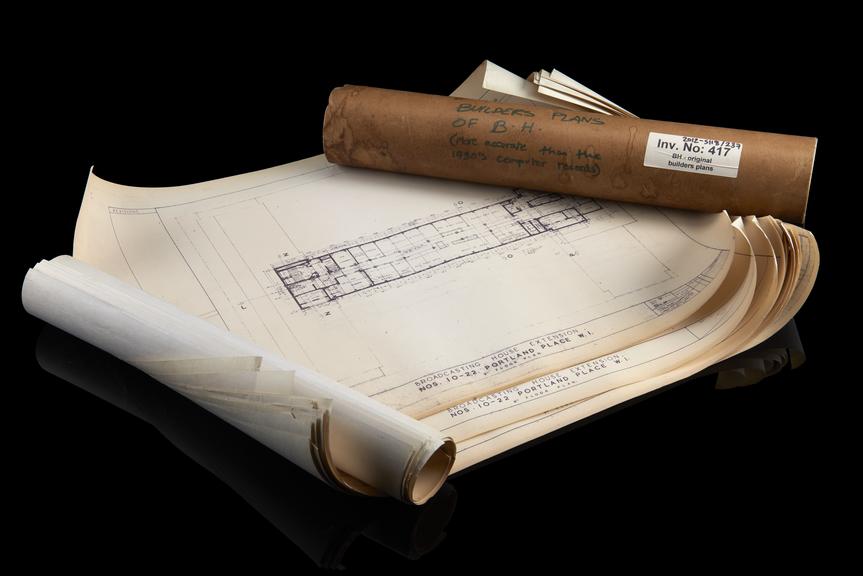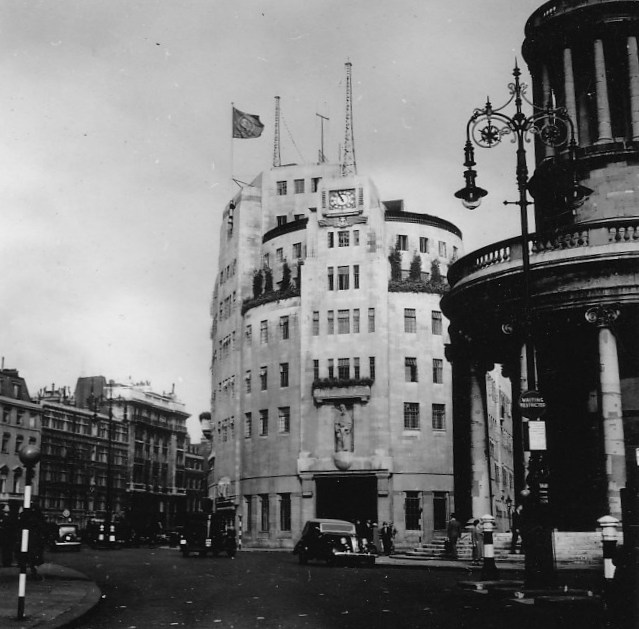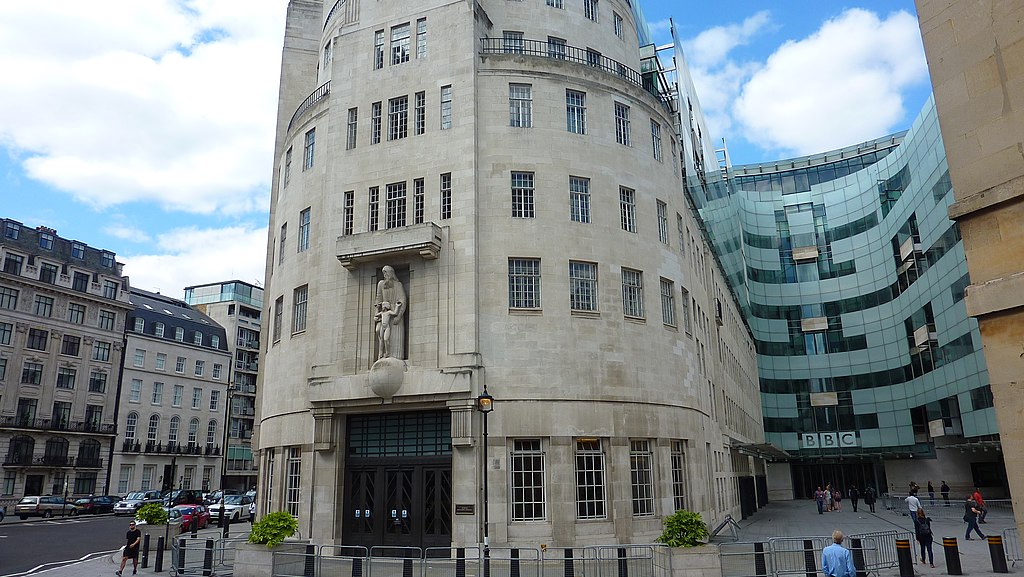15 May 2022 marks the 90th anniversary of the opening of the BBC’s Broadcasting House, the first purpose-built broadcasting centre in the UK and only the second in all of Europe.
The BBC had outgrown its previous residence in Savoy Hill, which it had occupied since 1923 when it had only a handful of employees. It needed a more spacious place to call home, to accommodate both an increased number of staff and also growing demand for radio, which had boomed in popularity in the 1920s.

The BBC turned to architect G Val Myer and civil engineer Marmaduke Tudsbery, who came up with a design located on Portland Place in London that featured a total of 12 floors, nine above ground and three below. Those three basement levels required the excavation of over 40,000 tonnes of clay during construction.
The initial design plans had to be modified, leading to a somewhat asymmetrical appearance. This was the result of complaints from local residents about the potential for the building to block natural light from houses on nearby Langham Street.

Adjustments were made, and construction was finished in March 1932. Broadcasting House was officially opened for business two months later on 15 May. Inside were 22 sound-insulated radio studios and an art deco theatre, requiring over 140 miles of wiring. The first performance in that theatre—originally called the Concert Hall but now named the BBC Radio Theatre—was held in October 1932 in front of an audience of 550 people. The cheapest tickets cost two shillings, the equivalent of 10p today!

During the Second World War and the Blitz, Broadcasting House suffered two direct hits. One of those occurred in the middle of the 21.00 news bulletin on 15 October 1940 as millions of people were tuned in to listen. The newsreader, Bruce Belfrage, was sat in the basement studio at the time and survived. Others were not so lucky—seven lost their lives. Despite the damage the bomb caused, programming continued throughout the night. The second direct hit, on 8 December 1940, did not claim any lives but caused more damage to Broadcasting House’s facilities and required extensive repairs.
In the early 2000s work began on an extensive renovation and extension project that was carried out in two stages. The first focused on structural repairs to the original sections of Broadcasting House, which had been given Grade II listed status in 1981, and the construction of a new wing named after DJ John Peel. The Peel Wing also features a memorial to those who lost their lives while working with and for the BBC during times of war, from the Second World War through to the present day. The second phase added an extension that became the home for the BBC’s news and journalism departments and contains the world’s largest live newsroom.

Today, the BBC reaches an audience of almost 500 million people each week across all its services—its World Service alone is broadcast in over 200 countries and 40 languages—all thanks to one building in the West End of London.